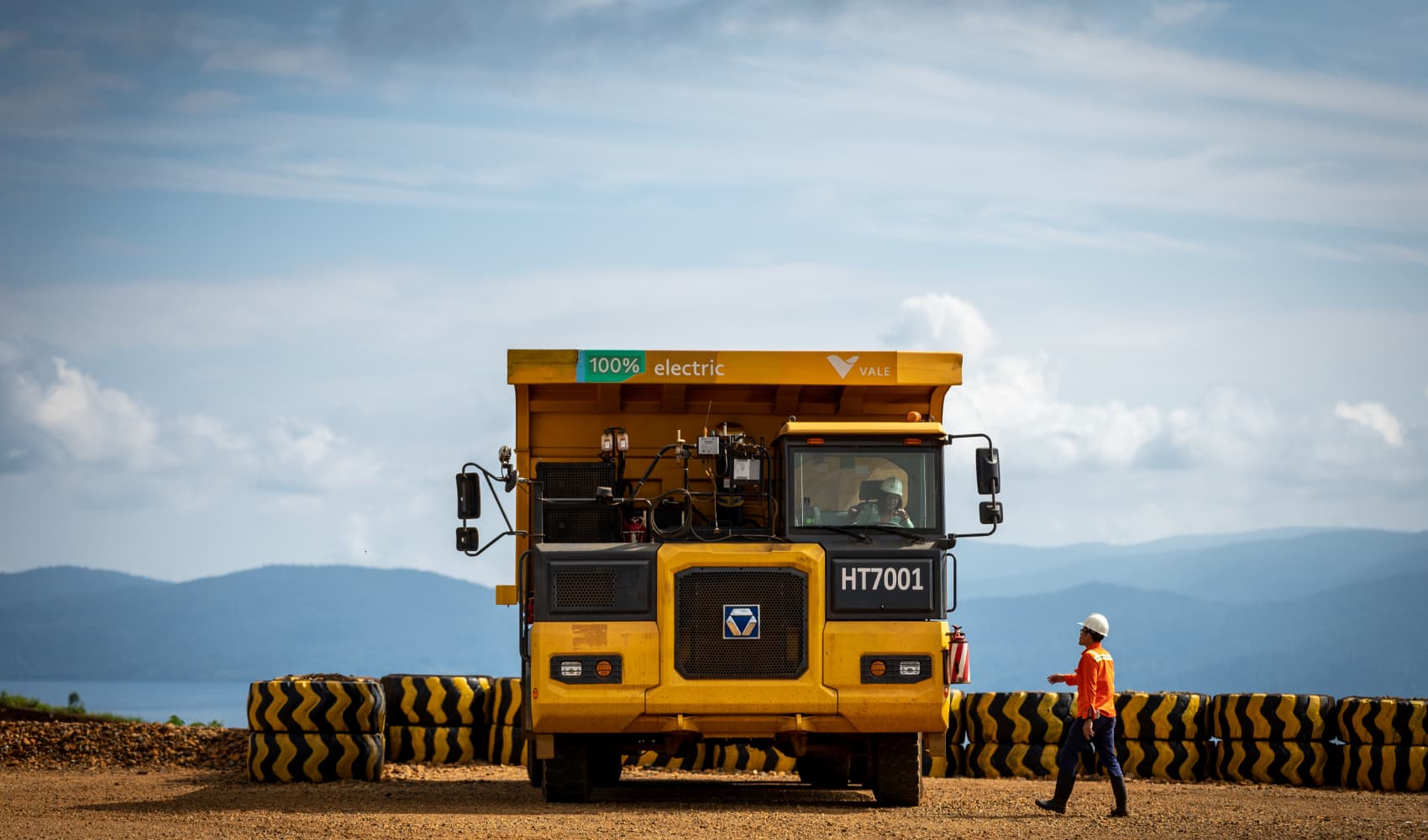The threat of overwhelming runoff from the eastern Sierra Nevada snowpack once it melts this spring has authorities preparing for the possibility of flooding and damage to the Los Angeles Aqueduct.
Los Angeles Mayor Eric Garcetti declared an emergency Monday due to predictions of damaging runoff. The decision comes in the wake of an infrastructure crisis in the Northern California community of Oroville, where 200,000 residents were evacuated in February when a spillway damaged during heavy downpours threatened to collapse.
The action Monday is aimed at helping the city Department of Water and Power respond to what it describes as the threat to "the health and safety of the public as well as to protect infrastructure and the environment."
The aqueduct runs hundreds of miles south down arid Owens Valley to Los Angeles, providing water for about one-third of Los Angeles residents. The city, which owns hundreds of square miles of land in the Owens Valley, is using aqueduct water to replenish local aquifers and emptying reservoirs to create more capacity but a huge amount will end up in Owens Lake, which dried up when the city channeled its water source into the aqueduct 100 years ago.
Los Angeles has received little water from the Owens Valley due to five years of drought. But one of the wettest winters in years changed the outlook for this spring and summer, when up to 1 million acre feet of water is expected to flow through the system.
That's about twice the amount of water Los Angeles residents use in a year.
This is the first state of emergency Garcetti has declared since becoming mayor in 2013.
California
News from across California
"The reason we are doing this now is when we see a potentially disastrous situation, a situation that could hurt our economy, our family and our environment, we don't wait," Garcetti said at a news conference at City Hall.
Specifically, Garcetti's order allows the LADWP to quickly hire subcontractors and get materials needed to prepare for the increased water flow. It will go before the City Council, likely sometime this week.
The LADWP has spent more than $1.1 billion since 2000 constructing dust control measures around Owens Lake, and the high water levels could damage the infrastructure and vegetation that have been put in place, as well as cause flooding in the area.
Richard Harasick, senior general manager of the water system for LADWP, said up to $500 million in damage could occur as a result of the increased water runoff. However, he said there are funds already in the department's budget, including for dust control, that can be redirected to help pay for the cost of the expected damage.



